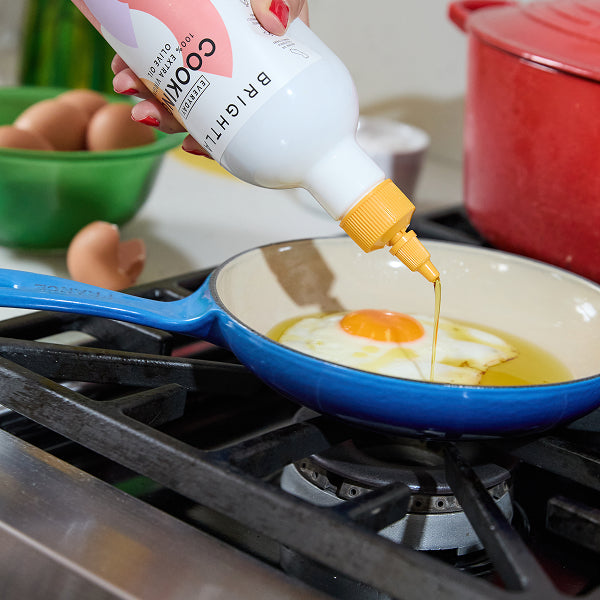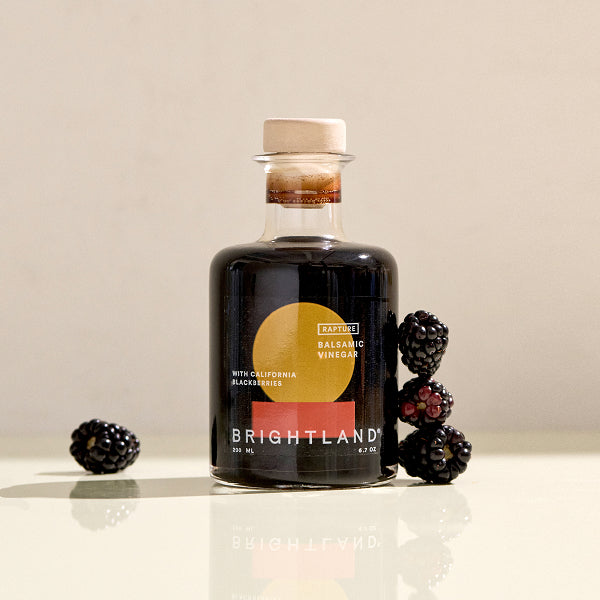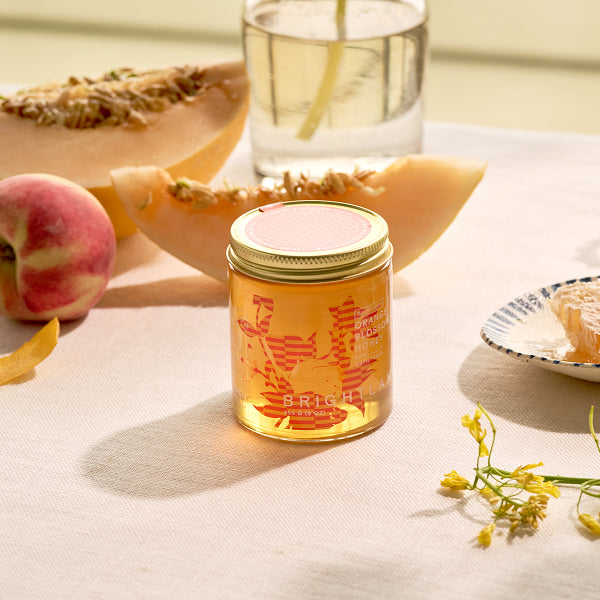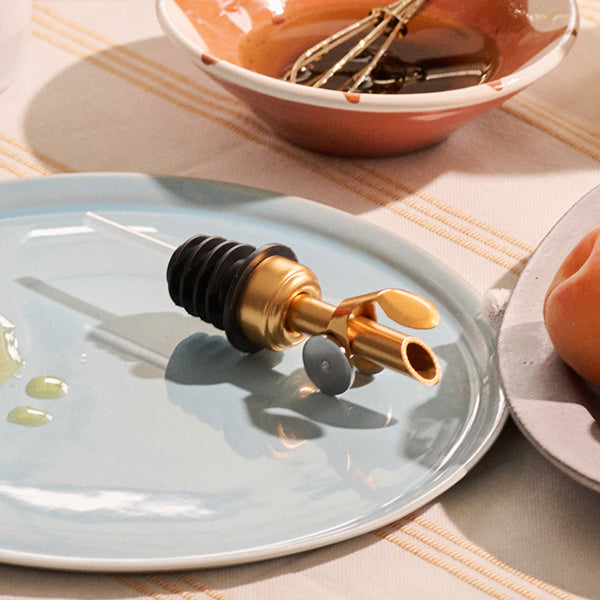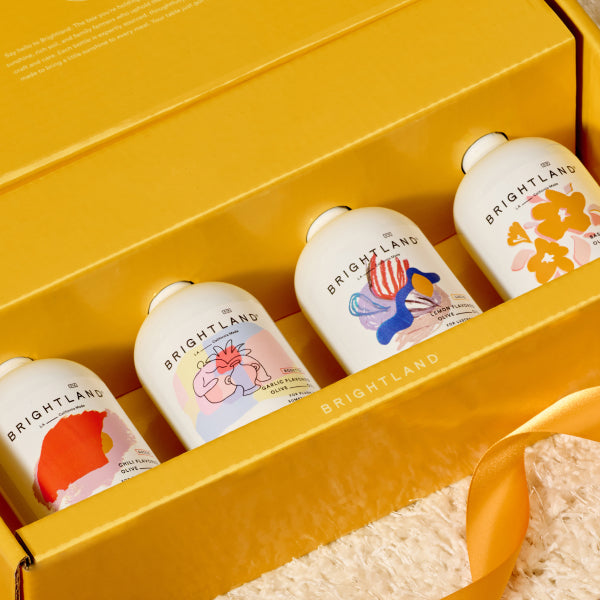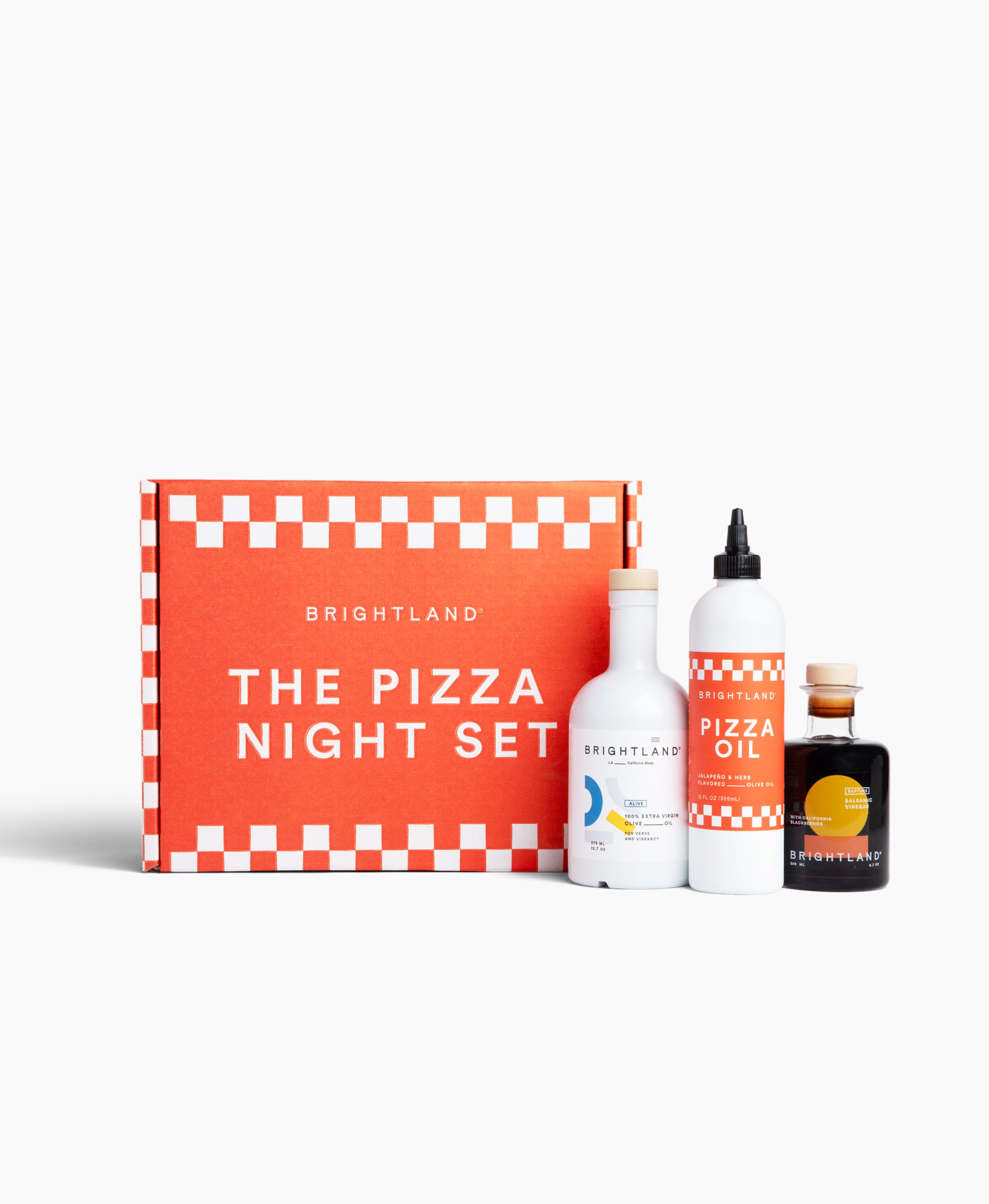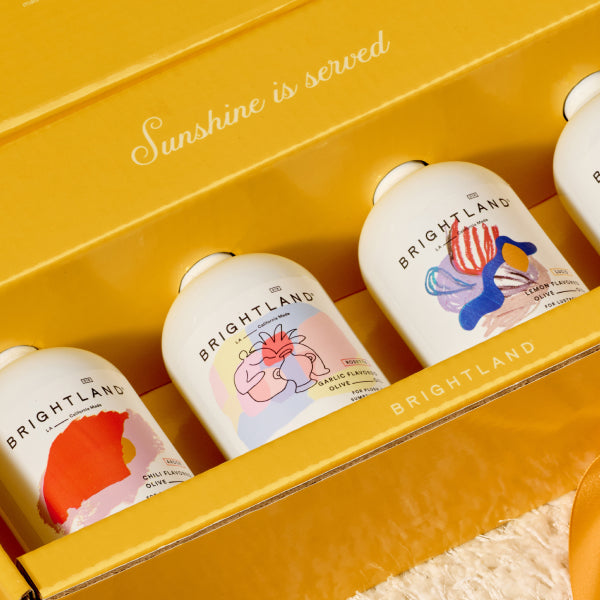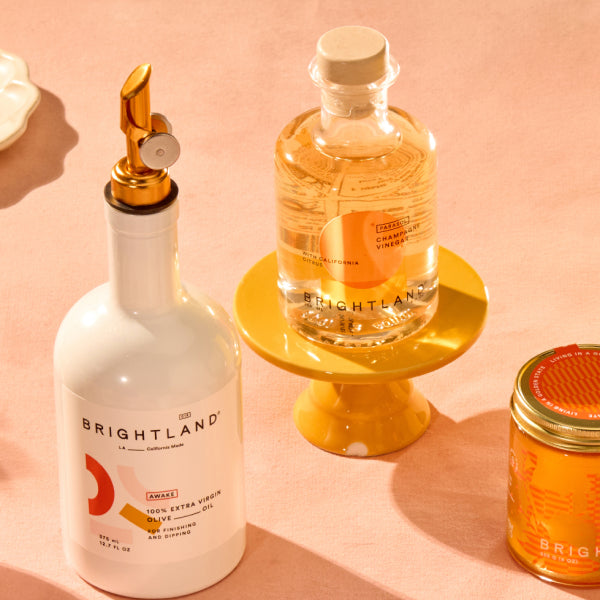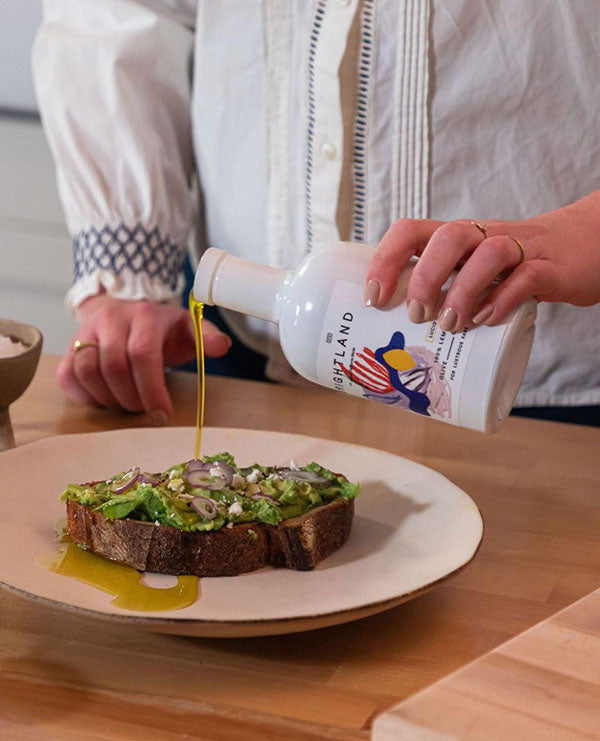[open type="rte"]
Skincare aficionados know that you need to be careful with making DIY skincare treatments from pantry staples. While the idea of making skincare from lemons or baking soda at no additional cost may be appealing, the fact is that many of these ingredients will not do anything for your face — and can even be harmful.
[close type="rte"][open type="images" small="true"]

[close type="images"][open type="rte"]
Not so with raw honey, which is one of the only pantry ingredients that is actually good for your skin and safe to use on your face (as well as any other part of your body). Today, we are diving deep into honey’s benefits for your face and exploring different ways that you can incorporate honey into your skincare routine.
[close type="rte"][open type="rte"]
Is Honey Good for Your Face?
The short answer is yes, honey is great for your face! First of all, honey acts as a humectant, drawing moisture into the skin and helping to relieve dry patches. Honey also has antibacterial and anti-inflammatory properties that can help fight blemishes and calm redness. Discover more about how honey is good for you in our separate guide.
This makes honey especially beneficial for skin that is dry, sensitive and/or acne prone. That being said, honey is so gentle that it can basically be used by any skin type whatsoever (though people with oily skin might find that the honey feels a little heavy on their face).
For best results, choose a honey that is raw and unpasteurized. These honeys will have the highest amount of pollens, antioxidants and other beneficial ingredients, and thus will be the best for your skin. Try to avoid cheap grocery store honeys, which may be cut with other ingredients that could potentially irritate your face. (Learn more about what raw honey is.)
[close type="rte"][open type="images" small="true"]

[close type="images"][open type="rte"]
While contact allergies to honey are extremely rare, you should still patch test the honey just to be sure before you slather it all over your face. If you do have any signs of allergic reaction, wash it off immediately and contact your doctor or allergist about getting an allergy test to confirm it.
[close type="rte"][open type="rte"]
How to Put Honey on Your Face
There are multiple ways to incorporate honey into your skincare routine. One of our favorite ways is to use honey as a wash-off face mask. After taking off your makeup and washing your face, simply grab the honey jar and apply a teaspoon of pure honey all over your face and neck in a thin layer. Leave on the honey for as long as you like (we recommend at least 15 minutes) and then rinse off your face with lukewarm water and gently pat your face dry with a towel.
For best results, apply the honey while your skin is still slightly damp, as the moisture will help counteract the stickiness of the honey. Make sure to put it on your lips as well, since honey makes an excellent lip mask!
You can actually use honey for your daily cleanser if you have very sensitive or dry skin. For best results, we recommend removing your makeup, sunscreen, dirt and other impurities with an oil-based cleanser first. Once your face is mostly clean, gently massage the honey into your skin for a couple of minutes to lift away the rest without irritating or drying out your skin.
You can also use honey as a spot treatment for angry, inflamed pimples and cysts. Dab a tiny bit of honey directly on the blemish and leave it on all day or night. If you wear the honey while sleeping, be sure to put an old pillowcase on your pillow to keep the honey from staining it.
When putting honey on your face, do not mix anything into the honey, especially other ingredients from your pantry. Not only will this dilute the honey and reduce its beneficial effects, it could also potentially harm your skin. For instance, some people mix baking soda into the honey to create an exfoliating scrub, but this is very harsh and could cause microtears in your skin. Just stick with raw honey for the best results.
[close type="rte"][open type="images" count="1"]

[close type="images"][open type="rte"]
Want to get the benefits of raw honey for your face? Check out our raw honey set, which features two delicious raw honeys that are beneficial for your body — inside and out. Whether you apply these honeys to your face or stir them into your tea, you can rest assured knowing that you are getting the greatest nutritional benefits possible from them.
[close type="rte"]


